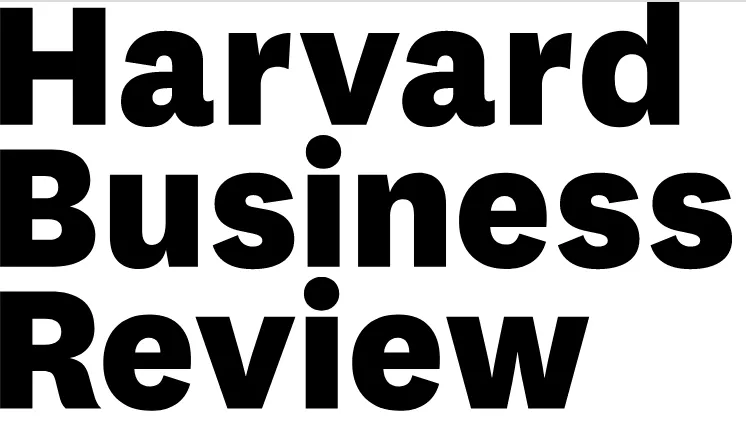Students & Companies can Learn Together.
During this unprecedented time for higher education and business organizations, the ability to adapt to an ever-changing environment is critical. The workforce of today is expected to continually grow their skills and acquire new skills through lifelong learning – including the ability to perform in a remote environment. Companies know that internships build important skills. According to a recent Gallup poll on college life, students who complete an internship are twice as likely than those who did not to be engaged in their work and in another study, were 1.5 times more likely to report high levels of wellbeing – something organizations, students and parents are demanding from colleges and universities.
Today’s college students proved that they are not only willing to adapt to different modes of learning but in fact, can thrive in a remote world when divergent learning styles are supported. For example, when reflecting on complex issues like diversity, engagement, and inclusion, asynchronous e-learning (online but not in real-time) can give students time to craft their responses to managers and their work groups and to incorporate multiple ideas before submitting their work. In contrast, synchronous e-learning (online in real-time) can simulate an in-person experience where interns work in real-time, quickly getting to know each other, plan tasks, and immediately can contribute to an exchange of ideas, but leaving less time for critical thinking or reflection.
During the pandemic, many companies replaced traditional in-person internships with hybrid-remote or fully remote internships, utilizing Zoom and other web technologies. While asynchronous work offers interns time to reflect on the material through discussion boards, email, and other facilitated technologies, synchronous work provides an immediate social connection and can better motivate interns – especially those in small workgroups. In these remote and hybrid-remote environments, interns can be expected to work in a cohort and exchange ideas or plan tasks together.
According to research published in the Journal of Asynchronous Learning Networks, collaboration with peers and professional communication skills are strengthened when students have opportunities for both types of learning communities. With this in mind, we suggest that together interns and organizations can create powerful learning networks where both types of fully remote and hybrid-remote internship experiences contribute to the organization’s success and bottom line. When concurrent or in-person meetings can’t be scheduled due to time zone differences or other access barriers like transportation or family commitments, hybrid-remote or fully remote internships help build the critical skills required for effective workplace leadership in today’s workplace. For example, managers that want to present complex topics – such as negotiation skills – can first present the content in a Zoom lecture and then follow up with a reflection exercise done through a Blog or video post deliverable. Finally, in a complementary synchronous session, managers can address intern’s questions, negotiate workgroup conflicts, and plan future work. This combined learning method provides both interns and management the chance to develop skills together and reflect deeply, while also connecting in community – something most organizations don’t prioritize in today’s fast paced business world.










